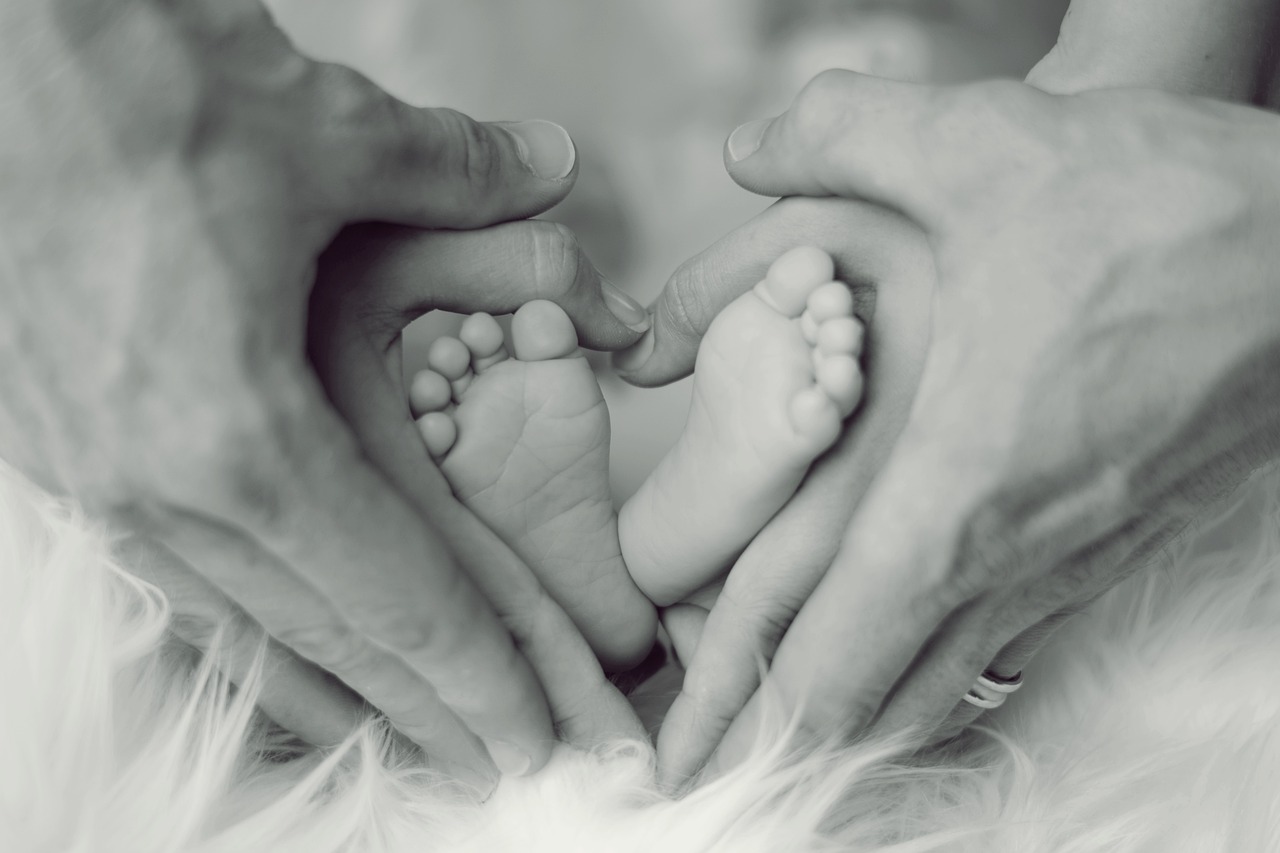At the end they’ve done it! The research published on Cerebral Cortex leaded by the group of the Department of Neuroscience and Biomedical Engineering, Aalto University, Finland, has finally get an image of love.
How? Using the Functional Magnetic Resonance Imaging (f-MRI).
The question of this research was: which are the neural mechanisms of love? In other words, what does our brain experience when we are engaged in some type of love?
Love is not only for a partner, but also for our offspring, for friends, for nature, for pets and for strangers. These are the six types of love investigate in study of Rinne et al..

Feelings of love are among the most salient in human life: they may provide intense pleasure while promoting pair bonding and parental investment. Even though romantic and parental love form the prototypical and biological core of love, the human phenomenon of love is much more. Love is closely linked to feelings and behaviors related to attachment. Even though the concept of attachment is often associated mainly with pair bonding and/or parental care, the human phenomenon of attachment covers a wider array of relations and objects. Human attachment has been previously discussed as synonymous of love. The “global human attachment system” concerns three partially overlapping brain networks. Despite the growing number of studies of human affiliation, till today, very little is known about the neural mechanisms associated specifically with feelings of love beyond the romantic and maternal types.
In the study the f-MRI has been used to measure brain activity, while the authors induced feelings of love using short stories. Each narrative depicted an everyday situation eliciting the feeling of love for one type of object. To allow for a distinction between the neural activation in the simulated phenomenological situation and immersion in the feeling elicited by the situation, an imagery period has been included.
Which brain areas are activated during feelings of love? Which areas are common to feelings of love for different types of objects and how do the areas differ based on the type of object?
All love stories activated large areas in the bilateral temporal lobes and left prefrontal cortex as well as cerebellum. Regions of activations were especially in the medial pre-frontal cortex, orbitofrontal cortex/gyrus, anterior and posterior cingulate cortex, right middle temporal gyrus, posterior superior temporal sulcus/temporoparietal junction, precuneus, insula, subcortical regions (amygdala, hippocampus, striatum, thalamus), and cerebellum. Overall, feelings of love for different objects were associated with similar, yet partially distinct patterns of activation. The activation of different brain regions with respect to different types of love appeared to be modulated especially by the closeness of the affiliative bond. Notably, during audio stories, the most widespread love-related activation was observed for closest relationships (romantic love, parental love, and love for friends) in insula, striatum, thalamus, and brainstem.

For romantic love, authors found activation during audio stories especially in medial superior and middle frontal gyri, orbitofrontal gyrus, temporal regions, posterior superior temporal sulcus, anterior and posterior cingulate cortices, insula, subcortical regions (amygdala, hippocampus, striatum, thalamus), and in cerebellum.
For parental love, authors found activations in largely the same brain regions as for romantic love especially during audio stories. Notably, during imagery of parental love, we found activation in striatum and thalamus; this activation was not found for other types of love.
Clear differences emerged between close interpersonal relationships, particularly romantic and parental love, and more distant types of love towards strangers, pets and nature. Romantic and parental love activated midline (precuneus/posterior cingulate and medial prefrontal cortex) significantly more than love for strangers, pets, and nature.
Surprisingly the results help explain why intuitions diverge on whether compassionate love for strangers is in fact love. In harmony with the offspring care hypothesis of human altruism, our condition of love for strangers recruits similar brain regions as the more prototypical types of interpersonal love but does so to a lesser degree in terms of reward-related activation.
Love in closer affiliative bonds was associated with significantly stronger and more widespread activation in the brain’s reward system than love for strangers, pets, or nature. This means that closer affiliative bonds elicit stronger feelings of love.
The results suggest that from the perspective of functional neuroarchitecture, the huge complexity of human love can be seen as emerging from and building on fundamentally adaptive biological attachment systems shared with other mammals.

References:
Six types of loves differentially recruit reward and social cognition brain areas – Pärttyli Rinne, Juha M. Lahnakoski, Heini Saarimäki, Mikke Tavast, Mikko Sams, Linda Henriksson; Cerebral Cortex 2024, 34 (8).





